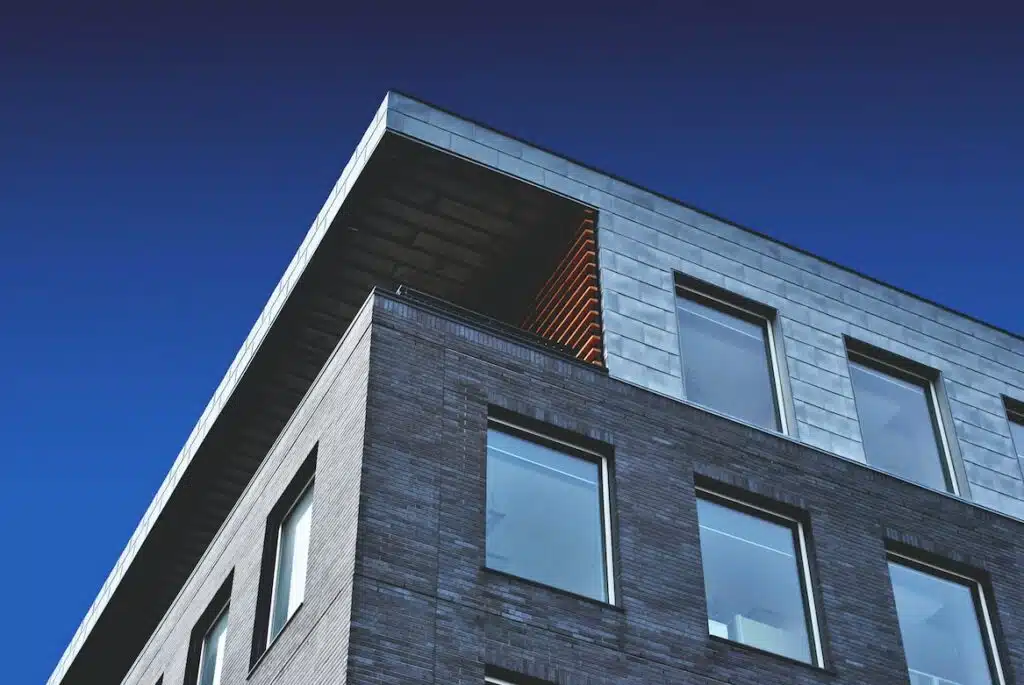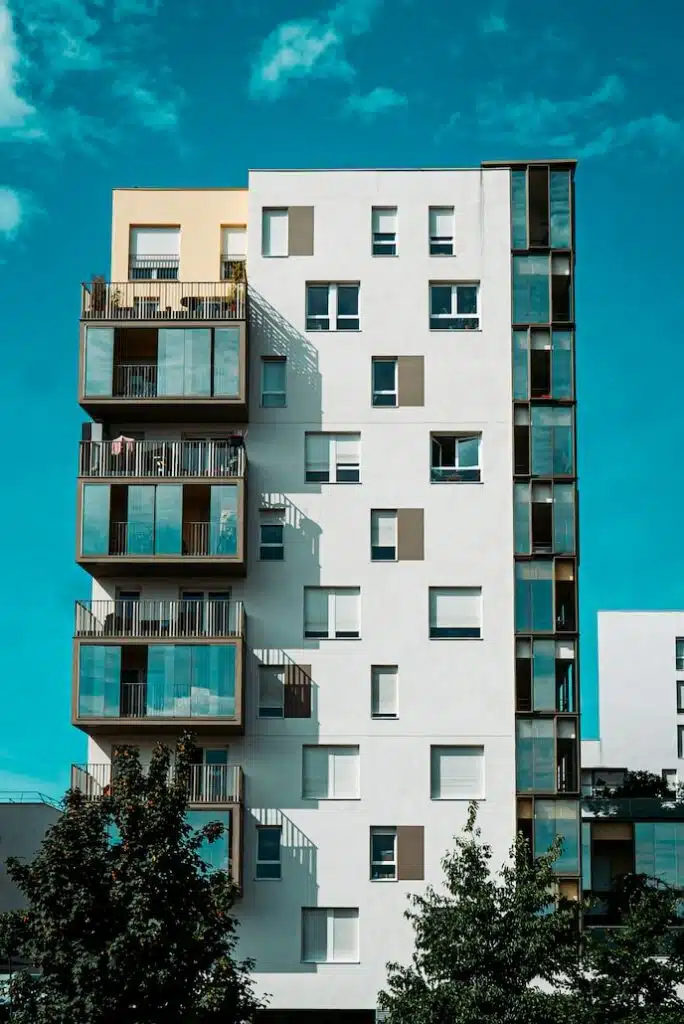Creating comfortable, inviting, and safe spaces for guests in residential buildings can be a challenge. After all, the success of a building depends heavily on its ability to make people feel both secure and welcome when they visit.
As such Architects and Property Managers have to come up with creative solutions that will ensure guest experience is always top-notch while also offering sound safety protocols.
In this blog post we are talking about ‘Creating Safe Zones’: Designing Guest-Friendly Spaces in Residential Buildings – discussing why designing an effective guest-friendly space matters as much as ever, the key elements to consider before beginning discussions, and ultimately how new guidelines should inform design decisions.
Identifying potential hazards and risks

When it comes to ensuring the safety of residents, identifying potential hazards and risks in residential buildings is crucial. From faulty wiring to slippery floors, there are many potential hazards that could pose a danger to those living in the building. As such, it is important for property managers and landlords to conduct regular inspections and implement preventative measures to minimize the risk of accidents or injuries.
By taking proactive steps to identify and mitigate potential hazards, you can create a safer living environment for residents and provide them with greater peace of mind. Also, keep in mind that Personal Injury Lawyers can be consulted in the event of an accident or injury, as they may help to seek compensation for victims and their families. This can further incentivize property managers to prioritize the safety of their tenants.
Designing a safe and inviting environment
Creating a safe and welcoming atmosphere for guests should be a top priority for any host. To start, consider the types of areas that guests are likely to frequent. Common spaces such as lobbies and hallways should be well-lit and clearly marked with signs or directions.
Furniture in these areas should also support good posture and provide enough space for movement. Soft surfaces like carpets can help reduce noise levels while choosing furniture made from durable materials such as stainless steel can reduce wear and tear over time.
Finally, when it comes to differentiating between public areas and private spaces, consider using color coding or signs to easily identify which zones are for guests and which are off-limits. This will help guests adhere to safety protocols while also making them feel more at ease in unfamiliar surroundings.
Creating security measures
A safe and secure environment is essential to making visitors feel welcome. As such, proper security measures should be implemented to protect against unwelcome guests or trespassers.
For instance, having a secure entry system with cameras and an intercom will ensure that only authorized personnel can access the building. Additionally, you may want to consider providing guards or security personnel who are trained to identify suspicious activities and report them accordingly.
Finally, consider implementing strict protocols for visitors. Having a clear set of rules and expectations will make it easier to identify any unauthorized guests while setting boundaries that will help keep everyone in the building safe.
Incorporating calming elements
Incorporating calming elements into common areas is a design tactic that can bring peace and tranquility to any space. Imagine walking into a lobby filled with lush green plants and cascading natural light, instantly melting away the worries of the day.
Not only do these natural elements make the space aesthetically pleasing, but studies have shown that they also have a positive impact on our mental health and well-being. By incorporating calming elements, such as greenery and natural light, into common areas, we can elevate the mood and create a sense of calm that everyone can benefit from.
Additionally, adding music or a water feature to the space can create a more serene atmosphere and help guests feel relaxed and at ease.
By taking a holistic approach to designing guest-friendly spaces in residential buildings, you can ensure that everyone who visits your building feels safe and comfortable. Take advantage of these tips to make sure your property stands out among others in the area!
Utilizing durable materials
When it comes to designing buildings or structures, one of the most important considerations is durability. Using materials that are built to last not only ensures structural integrity, but it can also reduce maintenance costs. This is because durable materials are resistant to wear and tear, weathering, and other types of damage that can occur over time.
By investing in durable materials from the start, maintenance needs can be minimized and costs can be greatly reduced. Additionally, durable materials are often more eco-friendly, as they can be recycled or repurposed instead of being discarded and sent to a landfill. Overall, utilizing durable materials is a smart and sustainable choice for any construction project.
Adding features that promote socialization

When designing residential buildings, it is important to consider how guests and residents will interact with one another. Adding features that promote socialization can help create a more inviting atmosphere and encourage people to stay longer. This could be in the form of outdoor seating areas, BBQ pits, or even communal meeting spaces where people can gather for events or activities.
By adding features that encourage socialization, you can provide residents with a sense of community and create an environment in which everyone feels welcome and included. Additionally, these areas can also be used for activities that promote health and wellness, such as walking clubs or yoga classes.
Keep in mind that when it comes to designing guest-friendly spaces in residential buildings, safety always comes first. However, by taking the time to thoughtfully design these areas with comfort and security in mind, you can create a space that is both safe and inviting for guests.
Conclusion
Overall, creating residential building guest-friendly spaces is a great way to bring harmony between those who live and visit within the living area. By identifying potential risks and designing safety measures, we can create a safe environment where both residents and guests can feel secure. To elevate this experience and make it more pleasant, designers should utilize elements like natural light and greenery in common areas, choose durable materials for construction to reduce repair costs, and add features that promote socialization. With these considerations in mind, we can move towards the goal of residential buildings that are safe, inviting, efficient, sustainable, and enjoyable for all occupants.
